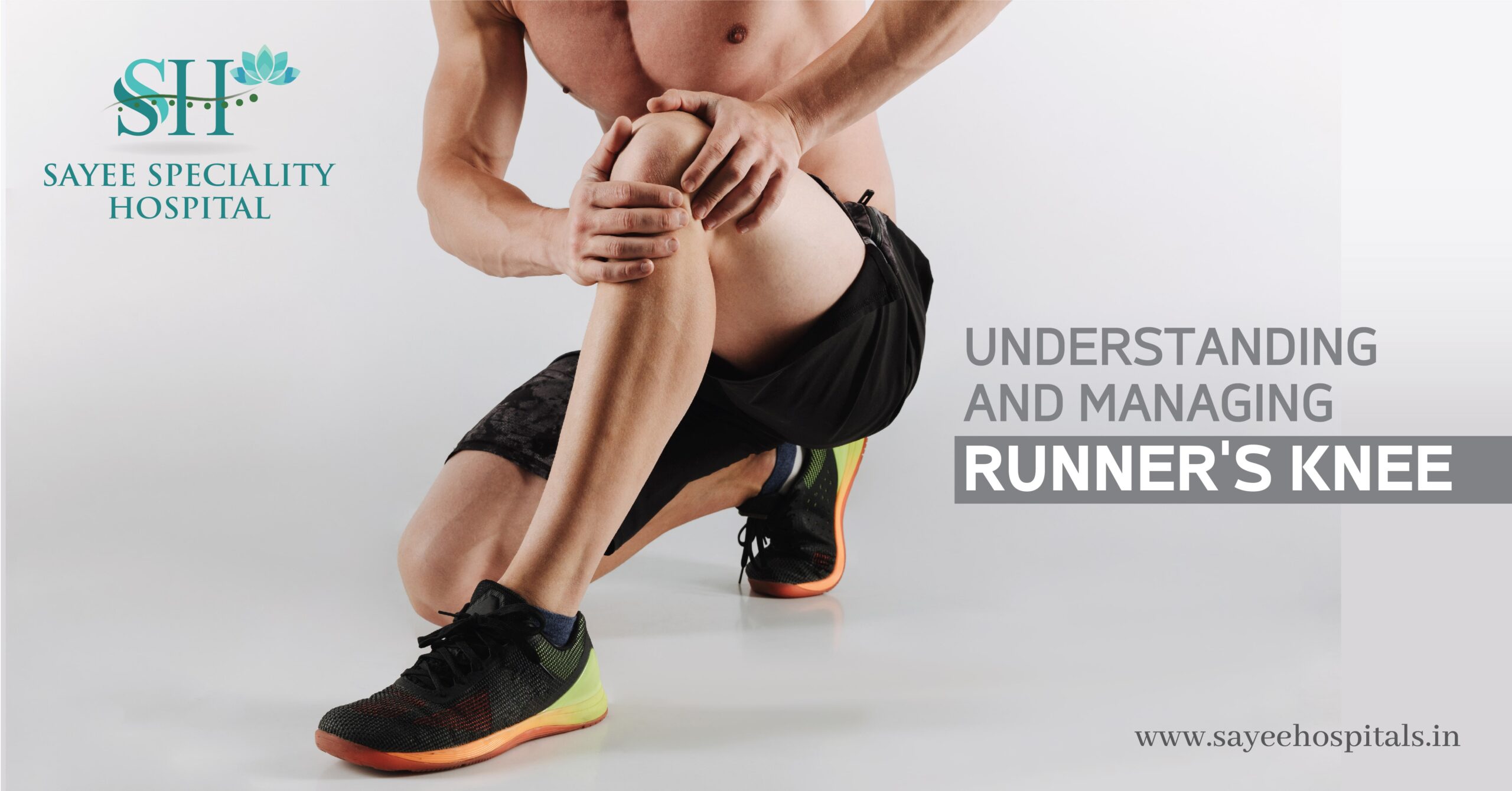Runner’s Knee, also known as Chondromalacia Patella, is a broad term used to describe anterior (front) knee pain that occurs during activities involving compression of the kneecap (patellofemoral) joint. The intensity of symptoms can vary among individuals and may be triggered by activities like squatting, lunging, kneeling, prolonged sitting, stair climbing, and running. The pain is typically described as dull, and many people experience sensations of grinding and popping beneath the kneecap.
While physical therapy cannot reverse cartilage damage beneath the kneecap, it can effectively address muscle imbalances in the lower body. Strengthening exercises targeting the muscles around the hip and knee joints can enhance stability and align the kneecap correctly. Flexibility exercises designed to elongate muscles contributing to compression and friction in the kneecap joint can also alleviate symptoms. Striking a balance between strength and flexibility aids in proper patellar tracking and reduces potential pain triggers. Correcting movement patterns and advancing to single-leg strength exercises is vital for addressing any asymmetries between the legs. While knee joint mobility is typically maintained, any loss of motion should be addressed. Every case is unique, so rehabilitation plans are tailored to individual needs.
If you suspect that your pain may be due to inactivity or prolonged sitting, here are some sitting tips. First, try to minimize extended periods of sitting and take breaks for stretching regularly. When you have to sit, avoid:
- Keeping your knees at a 90-degree angle
- Extending your legs with support from an ottoman
- Crossing your legs
It’s essential to remember that anterior knee pain does not always indicate cartilage or tissue damage, so refrain from self-diagnosis. To receive the most suitable diagnosis and treatment, communicate all your symptoms clearly with your healthcare team.
